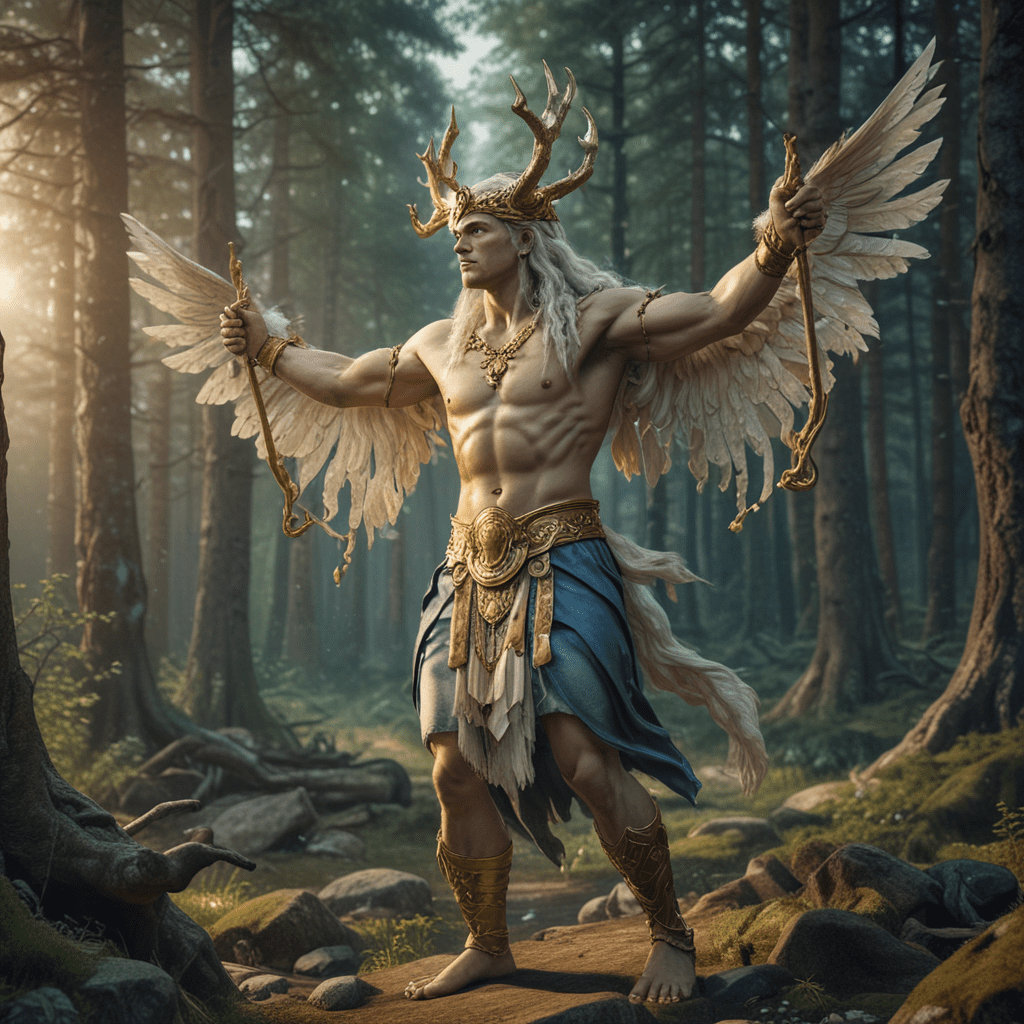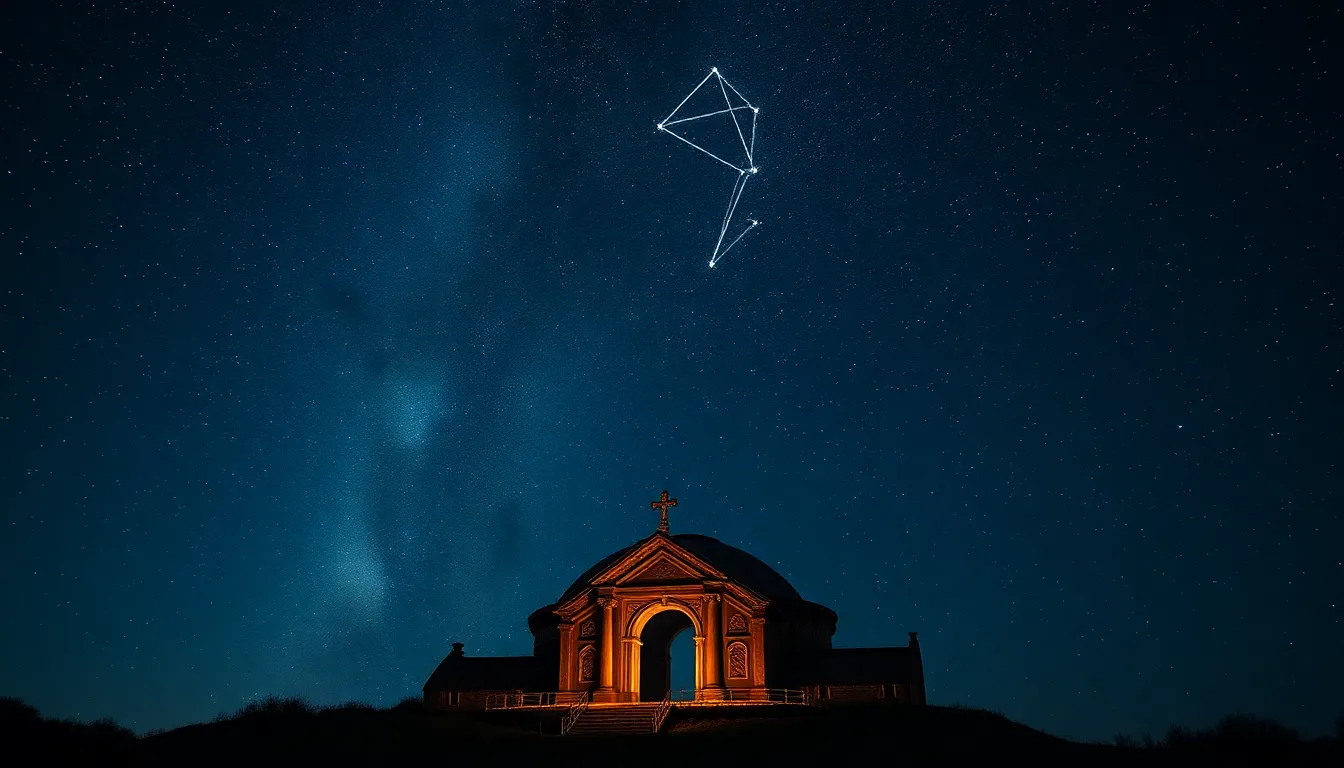Finnish Mythology: Tales of Connection and Separation
I. Introduction: Exploring the Realm of Finnish Mythology
Finnish mythology is a treasure trove of captivating tales that delve into the depths of human existence, exploring themes of connection, separation, and the eternal quest for unity. Rooted in ancient beliefs and traditions, these stories have been passed down through generations, shaping the cultural identity of Finland and captivating the imaginations of listeners worldwide.
II. Creation: The Birth of the World and the Gods
In the beginning, there was only darkness and water. From this primordial chaos emerged Ilmatar, the Mother of Creation. She laid an egg that cracked open, giving birth to the world and the gods. The gods, led by Ukko, the Thunder God, and his wife, Rauni, the Goddess of Fertility, brought order to the world and created all living beings.
III. The Great Oak Tree: Symbol of Life, Connection, and Division
The Great Oak Tree is a central symbol in Finnish mythology, representing the interconnectedness of all things. Its trunk symbolizes the axis mundi, connecting the heavens, earth, and underworld. The tree's branches spread out to the four cardinal directions, representing the unity of all creation. However, the tree also represents the potential for division, as its roots can entangle and choke other beings, symbolizing the destructive forces that can tear apart unity.
IV. Väinämöinen: The Songsmith and Culture Hero
Väinämöinen is the central figure in Finnish mythology, a wise and enigmatic sage with the power to create and destroy with his songs. As the eternal wanderer, he embarks on quests for knowledge and unity, his journey reflecting the human striving for purpose and connection.
V. Ilmarinen: The Master Forge and Creator of the Sampo
Ilmarinen is the master forge and a skilled craftsman, known for his creation of the Sampo, a mystical mill that brought prosperity and abundance. However, the Sampo also attracts envy and conflict, symbolizing the dual nature of creation: its power to bring both unity and division.
VI. Louhi: The Witch of Pohjola and Mistress of Separation
Louhi, the mistress of Pohjola, the land of the north, is a powerful witch and a formidable opponent. She represents the forces of separation and chaos, using her magic to divide and conquer. Her role in the mythology highlights the eternal struggle between unity and disharmony.
VII. The Sampo: A Mystical Symbol of Prosperity and Strife
The Sampo is a mysterious and magical artifact, a mill that grinds out wealth, prosperity, and happiness. However, its possession also brings conflict and division, as its power attracts those who seek to exploit its benefits for their own gain. The Sampo symbolizes the double-edged nature of material wealth and the importance of unity in the face of adversity.
VIII. Joukahainen: The Obstacle and Catalyst of Separation
Joukahainen is a trickster figure who acts as an obstacle to Väinämöinen's quest for unity. His mischievous nature and tendency to create conflict highlight the challenges and setbacks that can arise on the path to connection. However, Joukahainen's ultimate transformation into a wise advisor demonstrates the possibility of growth and redemption through experience.
IX. The Journey to Pohjola: A Quest for Unity and Return
The journey to Pohjola, the land of the north, is a central motif in Finnish mythology. It represents the quest for unity and the desire to overcome separation. Väinämöinen's journey to Pohjola to retrieve the Sampo symbolizes the human striving to reconnect with the source of creation and restore balance to the world.
X. Conclusion: The Legacy of Finnish Mythology in Modern Times
Finnish mythology continues to captivate and inspire people worldwide, its tales offering insights into the human condition and the timeless themes of connection, separation, and the quest for unity. These stories remind us of the importance of harmony, the need to overcome division, and the potential for growth and redemption even in the face of adversity.
FAQ
What is the significance of the Great Oak Tree in Finnish mythology?
The Great Oak Tree represents the interconnectedness of all things and the axis mundi, connecting the heavens, earth, and underworld. It symbolizes unity, but also the potential for division.
Who is Väinämöinen, and what is his role in Finnish mythology?
Väinämöinen is the central figure in Finnish mythology, a wise and enigmatic sage with the power to create and destroy with his songs. He represents the eternal wanderer and the human quest for purpose and unity.
What is the Sampo, and why is it so important in Finnish mythology?
The Sampo is a mystical mill that grinds out wealth, prosperity, and happiness. However, its possession also brings conflict and division. It symbolizes the double-edged nature of material wealth and the importance of unity in the face of adversity.
What is the significance of the journey to Pohjola in Finnish mythology?
The journey to Pohjola, the land of the north, represents the quest for unity and the desire to overcome separation. It symbolizes the human striving to reconnect with the source of creation and restore balance to the world.



